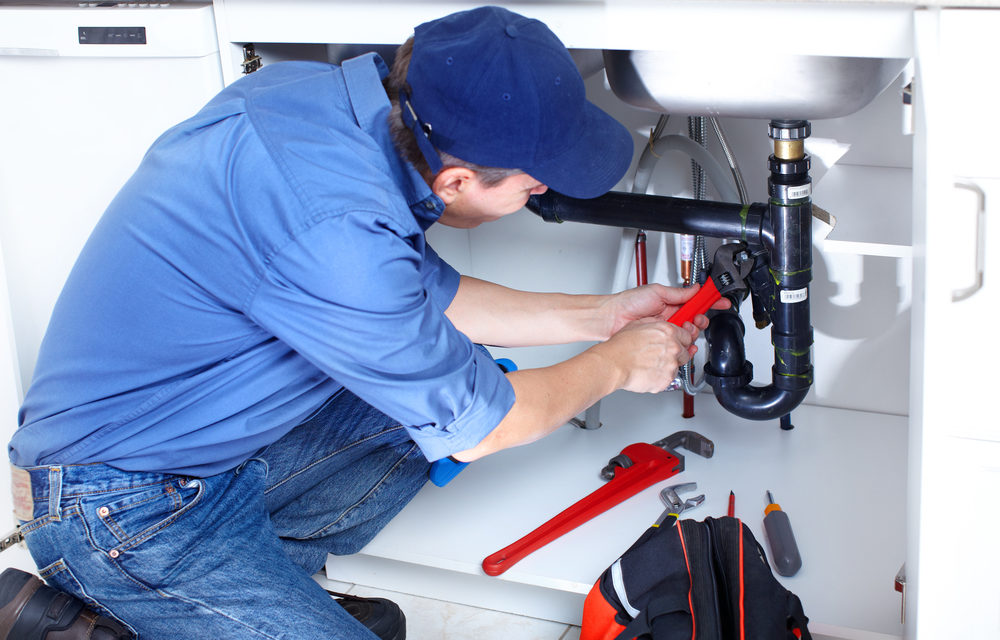Forgetting about the plumbing industry vernacular and considering the terms customers use to talk about your services can help you grow your business
There’s a problem in the plumbing industry. A problem that most plumbers don’t even realize they have and the result is costing them money. Is it costing you money in lost business?
The problem is this: Customers have a language all their own; a language that you and I aren’t necessarily aware of. And most plumbers are marketing and selling to customers without speaking the customers’ language. If you can figure out what the customers’ language is, you’ll change how you do business.
The first time I noticed it was several years ago. I owned a home services company that offered plumbing, electrical, and HVAC services. As we sought to grow the plumbing side of the business, we started asking customers what they needed. We were surprised by the answer: They thought of plumbing services for burst pipes and new installations but not for clogged drains. It was simply not a service that they associated with plumbers (regardless of whether it seems obvious to us or not). The customers’ “language” was that they used plumbers for pipes and faucets, and drain cleaning companies for drains, even though my plumbing team had the tools and know-how to handle any clog.
As soon as we made this realization, we fixed it. We started adding “drain cleaning” to all of our plumbing-related marketing, to the side of our trucks and the list of services that was painted on the side of our building. Suddenly, drain cleaning calls started coming in.
That’s just one example, but of course it’s not the only example. Plumbers (and all home services people) experience this all the time. Customers just don’t speak our language — and we don’t always realize it or try to speak their language.
But if you can start speaking your customers’ language, you’ll transform your business.

How To Figure Out What Language Your Customer Is Speaking
On every job that you or your team goes on, write down the exact words that the customer says about the problem they’re experiencing. This will give you the fastest education in understanding the words that your customers use.
Do they say “tap” or “faucet”? Do they say “hot water heater”? Do they use sounds to describe what their plumbing is doing? Do they assume that the “water filtration system” you’re talking about is equivalent to the refillable charcoal-filtered container that they keep in their fridge?
Make note of all of these thoughts, questions, and descriptions by the customer.
What To Do With That Information
Once you know what kind of language your customers are using, you can use it to aid your business:
- Training. Review that information regularly with your team and train them to listen for keywords to understand the customers’ needs. Equip them to discuss information in a way that is educational to the customer but is not disrespectful (i.e. they don’t need to correct the customer if the customer refers to a “hot water heater”).
- Marketing. In your marketing, consider using some of that language to educate your customers while also promoting your services. I already mentioned how I added drain clearing to my marketing to increase that part of my plumbing services. You can use customer-informed language in other marketing too. If there is a lot of sediment in the water, your customers might not think of it as sediment but as “dirty water” and you can market to that feeling. “Sediment” is a clinical, professional term. “Dirty water” (or whatever term your customer uses) is more visceral and customers are more likely to respond to marketing that expresses it in that way.
- Products and Services. You can also combine your products and services in a way that uses customer language to your benefit. Instead of only offering an array of services and assembling one package price when you talk to the customer, create a menu of offerings in customer-friendly language. For example, offer the “Leaky Pipe Repair” service, the “Safe Drinking Water Analysis,” or the “Hot Water For The Whole Family” service. These are good examples of taking three services that you may already do and putting them into words that your customer understands and can relate to.
A Final Word
As a plumber you are a respected expert in your field and you’re called upon to provide customers with an important service. However, even though you have an important job, customers don’t always understand if, when, and how they can use your services so you need to help them.
It’s simple: Listen to what they have to say and then shape your business around those words to start speaking your customers’ language.
By Mike Agugliaro

